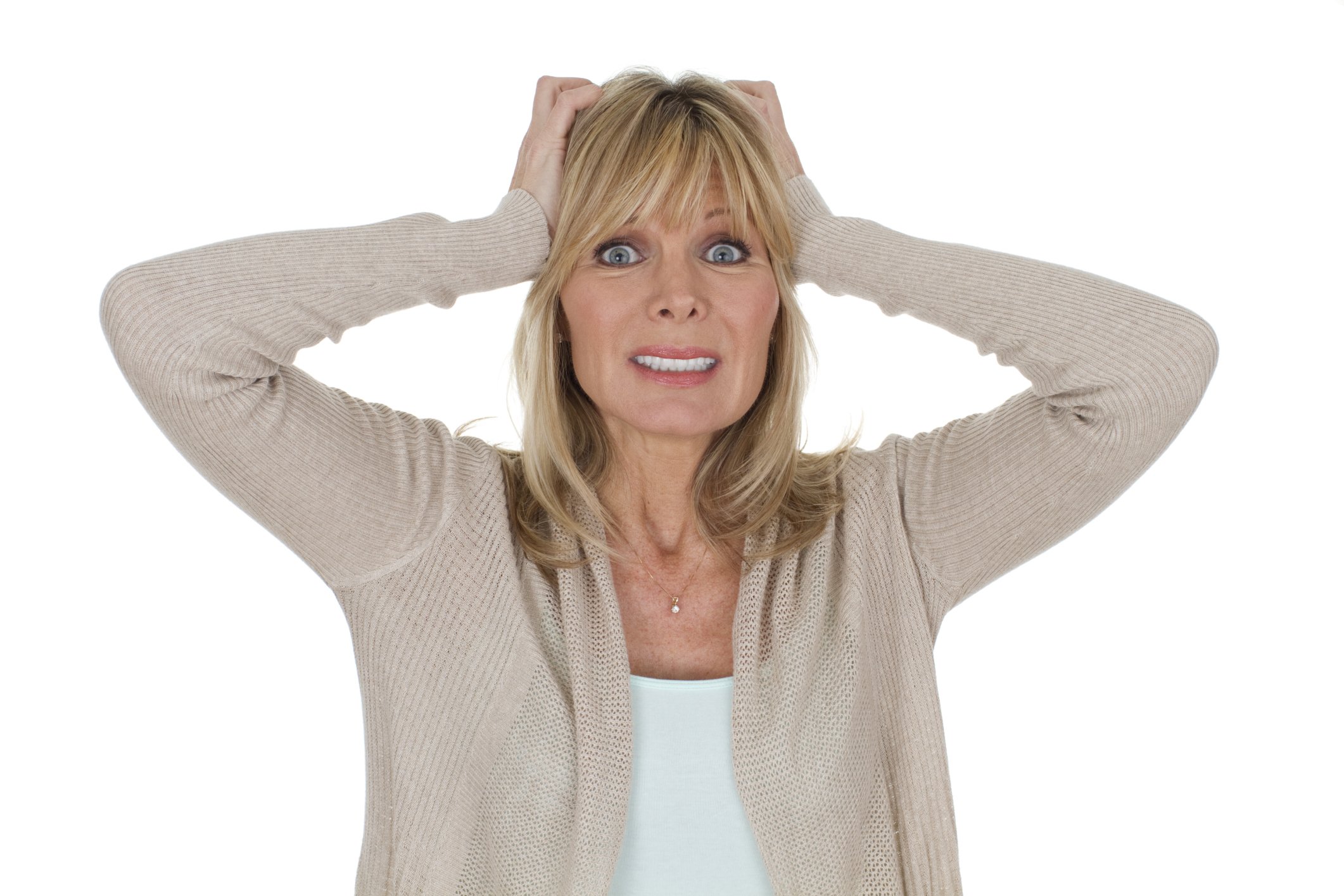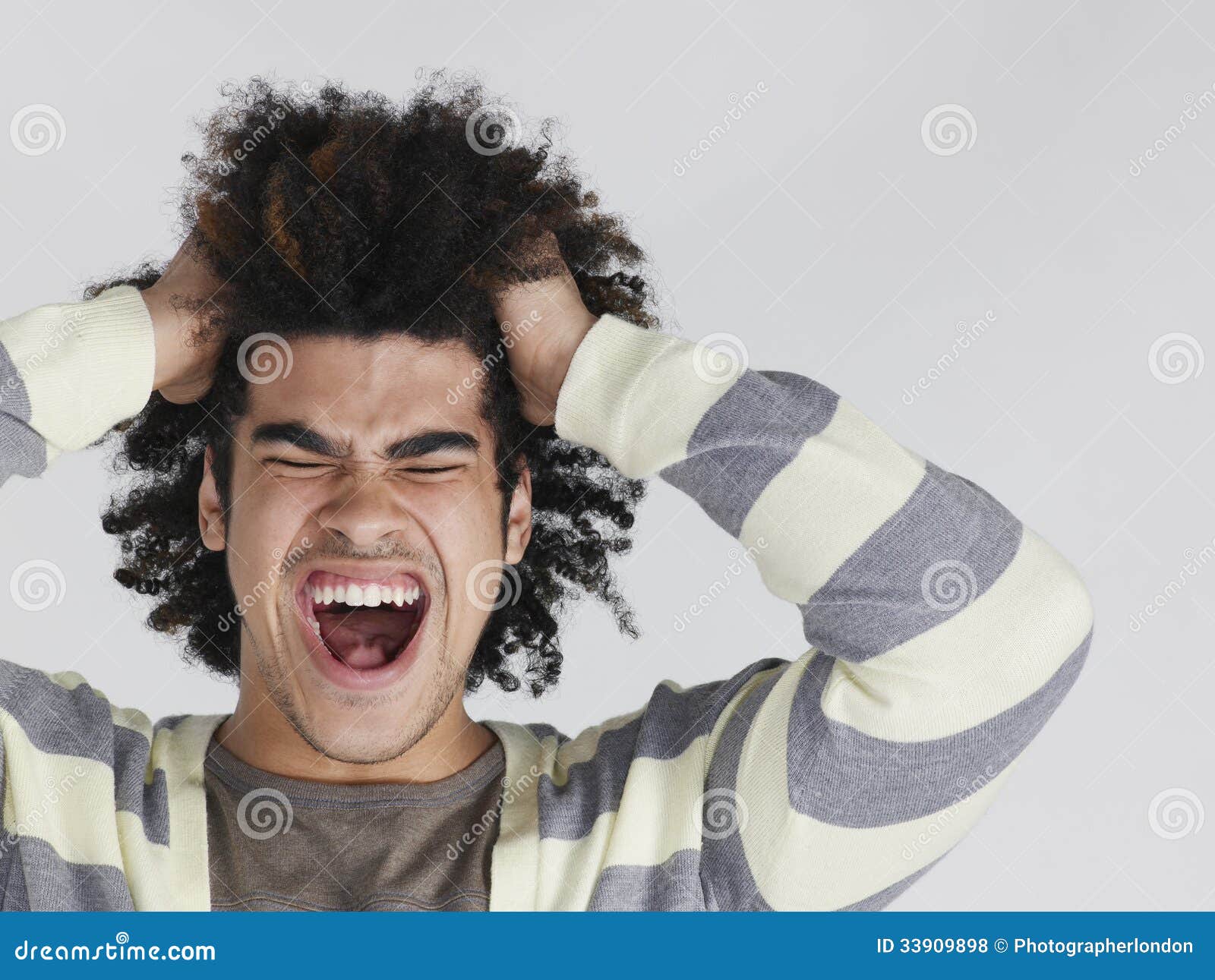Understanding Compulsive Pulling Hair: A Closer Look
Detail Author:
- Name : Prof. Mackenzie Skiles Jr.
- Username : mrussel
- Email : tyler.sanford@nikolaus.net
- Birthdate : 1972-11-13
- Address : 42815 Akeem Rest Suite 659 Moseton, AZ 47412
- Phone : 1-480-975-5301
- Company : Hansen-Vandervort
- Job : Equal Opportunity Representative
- Bio : Architecto et nobis explicabo totam vel. Vitae ipsum praesentium est tenetur enim. Vero voluptas aut corporis necessitatibus.
Socials
tiktok:
- url : https://tiktok.com/@nakia.fahey
- username : nakia.fahey
- bio : Reprehenderit molestias voluptatem magnam nisi itaque fugiat.
- followers : 1406
- following : 2218
facebook:
- url : https://facebook.com/nakia.fahey
- username : nakia.fahey
- bio : Quas et tempora et dolore alias at. Dolor ipsa vel id quisquam sed.
- followers : 5051
- following : 2228
linkedin:
- url : https://linkedin.com/in/faheyn
- username : faheyn
- bio : Quasi velit natus sed odit eius est alias.
- followers : 2278
- following : 1559
Have you ever felt an overwhelming urge to pull at your hair, almost without thinking? It's a feeling many might not understand, yet for some, it's a very real and often distressing experience. This sensation, this strong impulse to engage in pulling hair, can sometimes point to a condition known as trichotillomania. It's a mental health concern where someone repeatedly pulls out their own hair. So, like, it's not just a bad habit, but a genuine challenge for many people.
For those living with it, the act of pulling hair can be quite consuming. It can involve strands from the scalp, eyelashes, or even eyebrows, and it often feels irresistible. This isn't about vanity or seeking attention; it's a deep-seated urge that, you know, can really affect a person's daily life and how they feel about themselves. Learning more about this condition is a good first step, honestly.
This article will shed some light on what it means to experience compulsive pulling hair, often called trichotillomania. We'll talk about what might cause it, how it can show up, and some of the ways people manage it. Understanding these things can help those affected, and their loved ones, feel a bit less alone. We'll also look at some common questions people ask about this particular behavior, as a matter of fact.
Table of Contents
- What Exactly Is Trichotillomania?
- Recognizing the Signs and Symptoms of Hair Pulling
- Possible Reasons Behind Pulling Hair
- How Compulsive Hair Pulling Affects Daily Life
- Finding Support and Management Options
- Everyday Ways to Cope with Hair Pulling
- Common Questions About Pulling Hair
What Exactly Is Trichotillomania?
Trichotillomania, often just called hair pulling disorder, is a chronic condition. It involves people feeling a strong compulsion to pull out their own hair. This can be done using their hands or, you know, sometimes even tools like tweezers. It's an impulse control disorder, actually, meaning it's about having trouble resisting an urge or impulse, even if it might cause harm.
The hair pulling can happen from pretty much anywhere on the body. Most often, though, it's from the scalp, eyelashes, and eyebrows. People describe an irresistible urge, a very strong feeling they just can't seem to stop. It's a bit like an itch you just have to scratch, but way more intense and with lasting physical and emotional results, in a way.
This condition affects a surprising number of people, up to two percent of the population. It's not something that just goes away on its own for most. It's a mental health disorder, and it can severely affect a person's well-being. Knowing this, it becomes clear that it's a serious matter for those experiencing it, you know, day in and day out.
Recognizing the Signs and Symptoms of Hair Pulling
The main sign, of course, is the repeated pulling out of one's own hair. This isn't just a casual tug, but rather a persistent action. People might notice bald patches on the scalp, or missing eyelashes and eyebrows. These spots might be uneven, or seem, like, a bit broken off, which is a pretty clear visual cue.
Beyond the physical signs, there are also the urges themselves. Someone with this condition feels a very strong, irresistible urge to pull hair. This feeling might build up, creating tension before the act. Then, there's a sense of relief or satisfaction right after the hair is pulled. This cycle, you know, can be very powerful and hard to break.
Other signs can include playing with the pulled hair, or even biting or eating it. People might try to hide the hair pulling, feeling shame or embarrassment. This can lead to them avoiding social situations or wearing hats and scarves to cover thinning areas. It's a tough situation, honestly, for anyone dealing with it.
Possible Reasons Behind Pulling Hair
The exact causes of trichotillomania aren't fully known, but researchers believe it's a mix of different factors. Genetics might play a part; if someone in your family has it, you might be more likely to develop it yourself. There's a biological component, for sure, that suggests certain brain differences could be involved, as a matter of fact.
Environmental factors also seem to contribute. Stress, for instance, is often a big trigger. People might find themselves pulling hair more during times of high anxiety or boredom. It can become a way to cope with overwhelming feelings or, you know, to simply pass the time when feeling restless. It's almost like a self-soothing action for some.
Other mental health conditions can sometimes go hand-in-hand with hair pulling. Conditions like anxiety, depression, or obsessive-compulsive disorder (OCD) might appear alongside trichotillomania. This suggests a shared underlying vulnerability. So, it's not usually just one thing, but a few things working together, apparently.
How Compulsive Hair Pulling Affects Daily Life
The effects of compulsive pulling hair can be pretty wide-ranging, touching many parts of a person's life. Physically, there's the obvious hair loss, which can range from slight thinning to noticeable bald spots. This can cause skin irritation or even infections in the areas where hair is pulled. It's a physical toll, you know, that can be quite visible.
Mentally and emotionally, the impact can be really tough. People often feel a lot of shame, guilt, and embarrassment about their hair pulling. This can lead to low self-esteem and a strong desire to hide the condition from others. They might avoid social gatherings or intimate relationships, which can lead to feelings of isolation, seriously.
The condition can also interfere with daily activities. Someone might spend a lot of time pulling hair, which takes away from work, school, or hobbies. The constant urge and the effort to resist it can be very distracting and draining. It's a chronic condition, so it's not just a one-time thing, but a persistent challenge that, you know, can be quite tiring.
Finding Support and Management Options
The good news is that trichotillomania is treatable. Help is available, and many people find ways to manage their hair pulling effectively. The first step is often recognizing the issue and, you know, being open to getting some help. It's not something you have to go through alone, which is a pretty comforting thought for many.
One of the most common and effective approaches is therapy, specifically a type called cognitive behavioral therapy (CBT). Within CBT, a technique called Habit Reversal Training (HRT) is often used. HRT helps people become more aware of their hair pulling and then learn different, healthier ways to respond to the urge. It teaches alternative behaviors, basically.
Medications can also be part of the management plan for some individuals. While there isn't one specific medication just for trichotillomania, certain antidepressants or other medications might help reduce the urges or manage co-occurring conditions like anxiety or depression. A doctor can, like, figure out the best approach for each person, of course.
Everyday Ways to Cope with Hair Pulling
Beyond formal treatment, there are many practical things people can do to help manage their hair pulling. Building awareness is key; noticing when and where the urges happen can help. Keeping a journal, for instance, might reveal patterns or triggers. Knowing your triggers, you know, is a really big step in getting control.
Finding alternative activities for your hands can also be very helpful. Things like fidget toys, knitting, drawing, or even just clenching your fists can give your hands something else to do when the urge to pull hair comes up. It's about redirecting that physical energy, you know, in a way that is less harmful. This is a pretty simple, yet effective, strategy.
Stress reduction techniques are also important. Since stress often plays a role, finding healthy ways to relax can make a difference. This might include deep breathing exercises, meditation, gentle exercise, or spending time in nature. Support groups, too, can provide a safe space to share experiences and learn from others. Learning more about on our site can also be beneficial, as a matter of fact.
Talking openly with trusted friends or family members can also provide a lot of comfort and support. Letting them know what you're going through can reduce feelings of isolation and shame. It also allows them to, like, understand and offer help in ways that are truly useful. Remember, support is a powerful tool against this condition, you know.
Setting up a supportive environment can also be useful. This might mean making it harder to pull hair, perhaps by wearing gloves at certain times or covering mirrors. For some, having a designated "safe space" where they can relax without triggers might help. These little changes can, like, add up over time to make a big difference, honestly.
Common Questions About Pulling Hair
Is pulling hair a sign of something else?
Yes, often the compulsive act of pulling hair is a key sign of a mental health condition called trichotillomania. It's an impulse control disorder, as a matter of fact. It can also sometimes occur alongside other conditions like anxiety, depression, or obsessive-compulsive disorder. So, it's not just a random habit, you know.
Can you stop pulling your hair out naturally?
While some people might find temporary relief or periods of reduced pulling, stopping completely without support can be very challenging. Trichotillomania is a chronic condition with irresistible urges. Professional help, like therapy, often provides the most effective strategies for long-term management and, you know, real change. You can learn more about on this topic.
What does pulling hair out do to your brain?
The research suggests there might be differences in brain structure and function in people with trichotillomania, particularly in areas related to impulse control and habit formation. The act itself can release chemicals that provide a temporary sense of relief, reinforcing the behavior. It's a complex interaction, obviously, between brain chemistry and behavior. For more details, you might want to check out resources from places like Cleveland Clinic.

Handling the Effects of Hair Pulling: Life with Trichotillomania

Pulling Hair Stock Photography | CartoonDealer.com #29702702

Pulling Hair Stock Photography | CartoonDealer.com #29702702